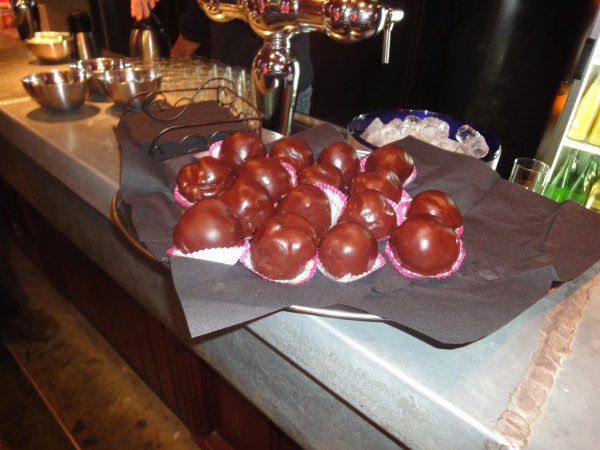Facts About Bossche bol
A Bossche bol, also known locally as a "chocoladebol" in its hometown of 's-Hertogenbosch, Netherlands, is a delectable pastry akin to a large profiterole. Measuring approximately 12 cm in diameter, it is filled with whipped cream and enveloped in a rich layer of chocolate fondant icing. While it may seem like a dessert, Bossche bollen are often enjoyed with coffee. Most people eat them with their fingers, though some prefer using a knife and fork. A handy tip: eating them upside down can help prevent any messy spills!
The history of the Bossche bol dates back to the early 1900s. Originally, a version filled with custard was sold by a baker named Lambermont in Den Bosch. In 1920, Henri van der Zijde, a baker from The Hague, introduced a variation featuring whipped cream and real chocolate. His descendants regard this as the first authentic Bossche Bol. As the treat's fame spread beyond the city, it adopted its current name. Today, the recipe for the "real Bossche Bol" is often associated with the confectionery Jan de Groot, though many bakers have their own versions.
For those with a larger appetite, there's an even bigger version called the "reuzenbol" or "giant ball." Another similar Dutch pastry is the moorkop, which is a smaller profiterole glazed with a chocolate-flavored coating made from cocoa powder, sometimes topped with whipped cream. Additionally, various regional chocolate-coated marshmallow treats, such as the German Mohrenkopf, share some similarities with the Bossche bol.

 Belgium
Belgium